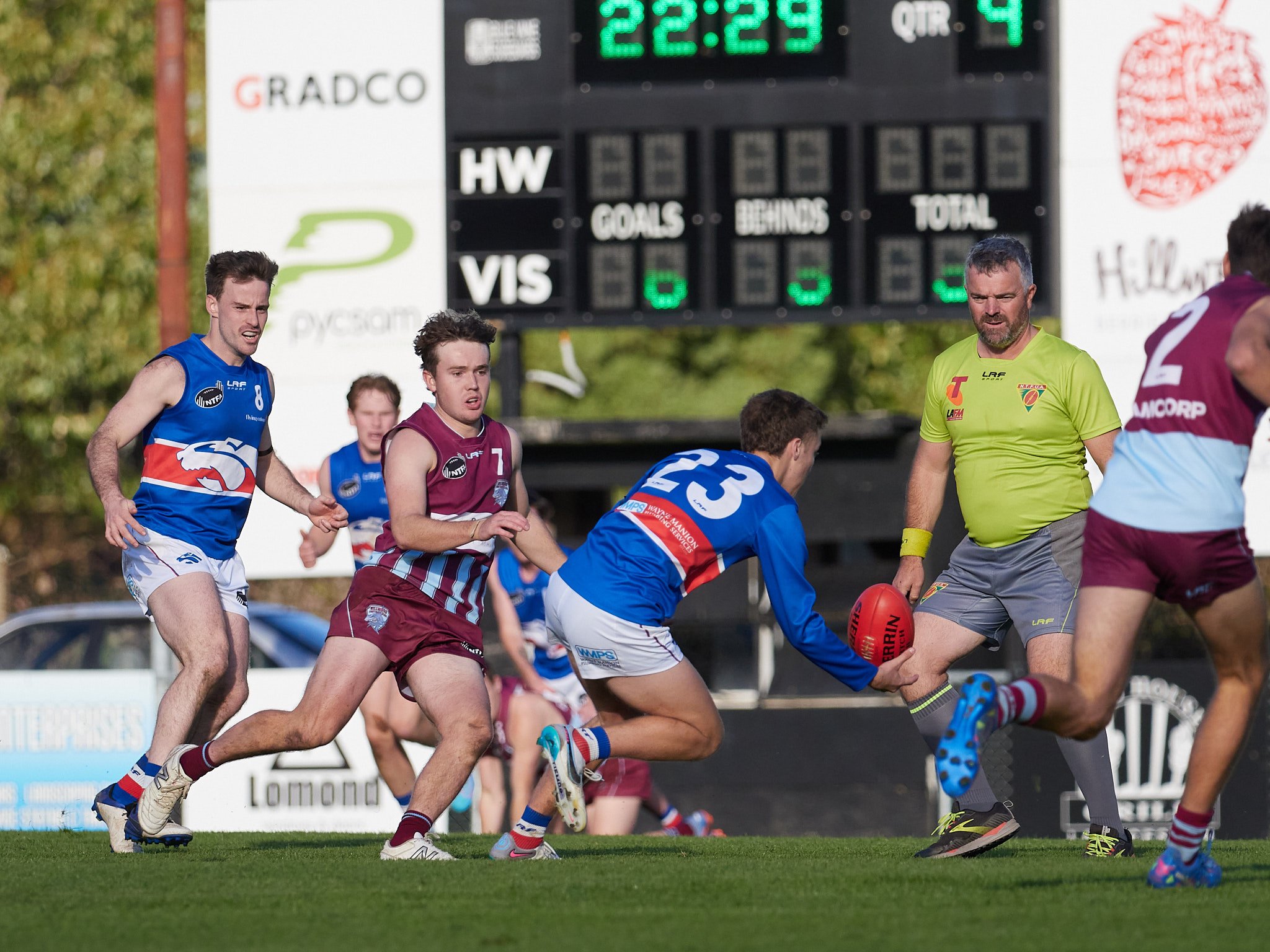The Olympus 300mm has been one of those purchases that shifted things for me, very much in the right direction. This lens has the equivalent reach of a 600mm in full frame terms, but being a lowly 300mm f4 (they are like the 50mm f1.8 of telephoto lenses), so it was much easier for Olympus to make a cracker and in larger quantities. The same goes for the 75mm f1.8.
I saw a second hand 600mm f4 Nikkor in the local camera shop window the other day and it struck me just how OTT these things are when compared to my 300 as a 600.
Even at 1/2 its own retail (about $6000au), it is still twice what I paid for the 300mm and at the end of the day, if you put a sharp 20+mp sensor behind it, it is the same in real results.
The equivalent of a full frame 1000-1200mm lens still with enough quality to print to a decent size.
The sharpness of the lens out resolves the sensor, which is ideal I guess and it makes the equation simple.
How far can you crop 20mp from any sharp and well lit sensor?
All the images below are cropped to a greater or lesser extent.














And this one just because I like it.
The real advantage of M43 is in the lenses, or more to the point, what the lenses really are in comparison to their full frame equivalents. With M43 sensors matching larger ones of the same pixel count, the only advantage of a full frame is in low light, but again, the lenses can even up the field.
150mm f1.8 ff (not actually available, but a $1700au 135 f1.8 or $8,000 au 200 f2 are the closest) = A very reasonable $600 75mm f1.8 M43 that fits in a pocket.
A $10,000 300 f2.8 = The long end of my $2,000 40-150 f2.8.
A $15-18,000 full frame 400 f2.8 = The amazing $3,000au Leica 200 f2.8 (with matched teleconverter).
A $20,000+ full frame 600 f4 = The Olympus at $4,000 and the matched TC is about $400.
Even at the other end of the range, the Leica f1.7 9mm matches some very expensive. large and optically fragile lens.
Try doing that with a 1.5kg+ full frame kit.
So, ok, the full frame camera could have a 40+ mp sensor behind it allowing the full frame to crop to equivalent reach at the same pixel density, but two things happen here (well one and one fails to change). The big lens stays the same (size, weight, price) and the pixel density gets much closer, so the sensor noise is now much closer.
What does this mean to you and I?
You can own a 150 f1.8 easily, a 400 f2.8 or 600 f4 for reasonable money and put a powerful pro-end camera behind all of these for less than the cost of a full frame equivalent lens alone.
The full frame sensor does have an advantage, mostly in noise control, but only if the camera has an equivalent lens.
Depth of field.
A full frame sensor can offer shallower depth of field all things being equal, a great boon to portraitists, but what if you do not actually need that, because f1.4 on a full frame lens can be impractical.
Shooting sports or stage drama is tough, so more depth for the better light gathering settings is an advantage.
Both players sharp, the background is soft enough not to distract, but remain interestingly relevant, the lens wide open at f1.8/150mm equivalent.
Shooting with an f1.8 lens that renders the equivalent of f2.8 depth of field is a real advantage. The more expensive full frame f1.8, if it exists, when gathering the same light for a lower noise advantage, loses depth of field so it needs to be (1) more accurate with focussing and (2) there needs to be enough in focus to matter.











